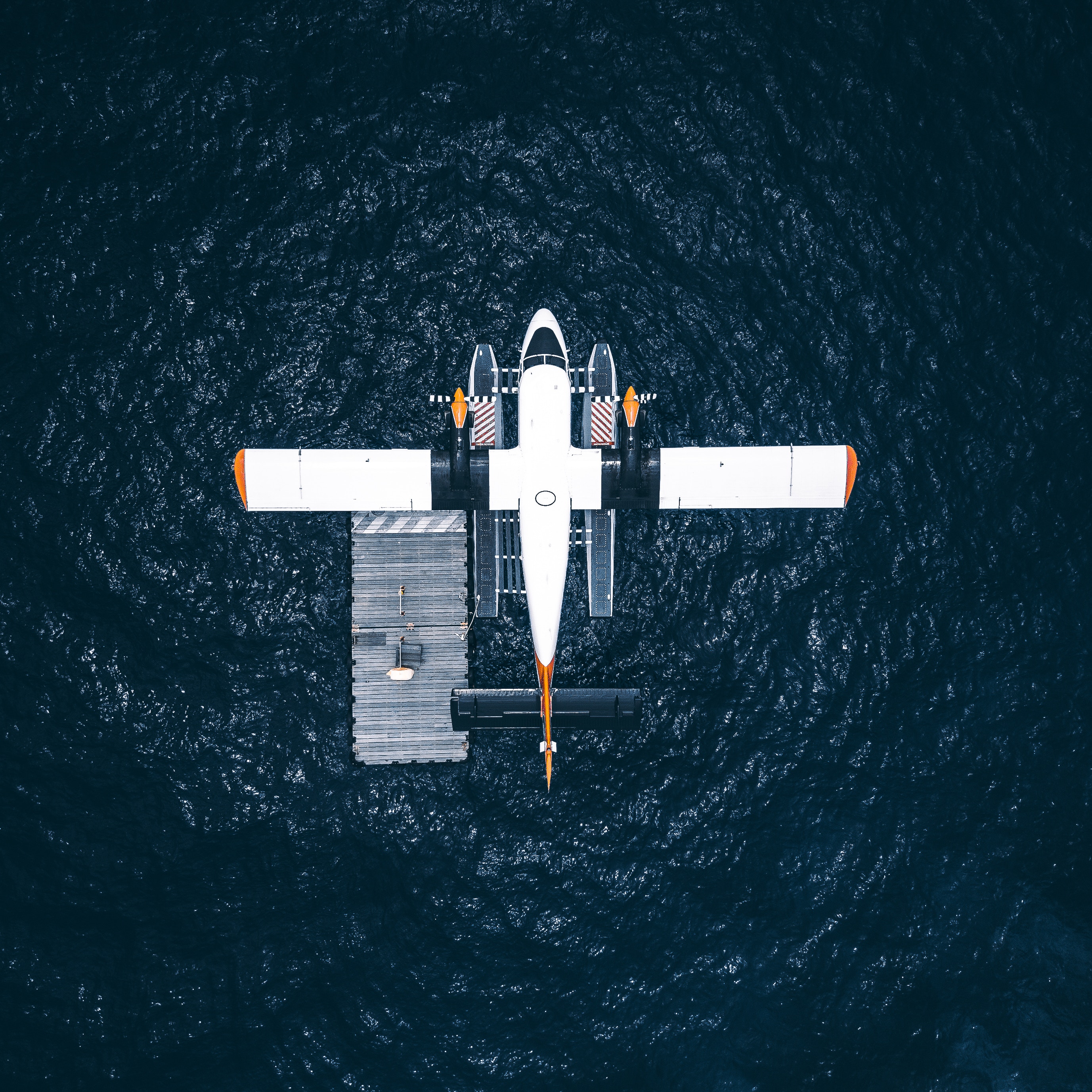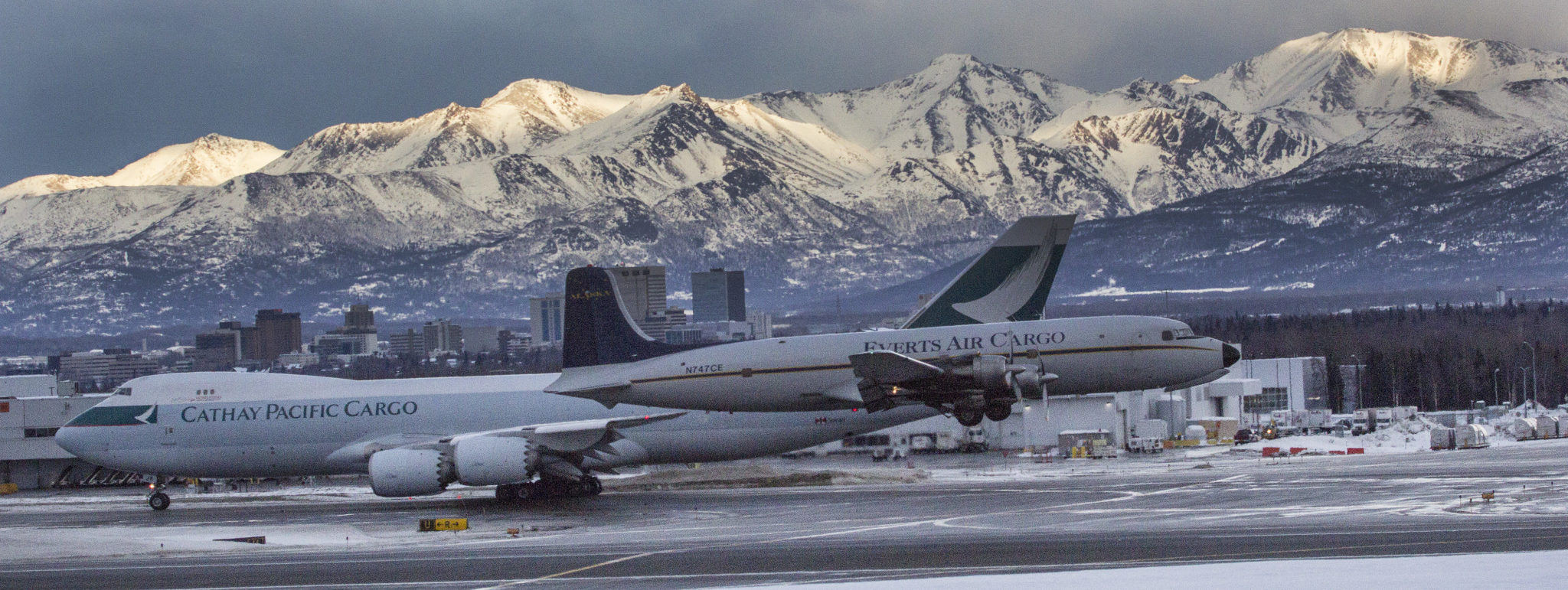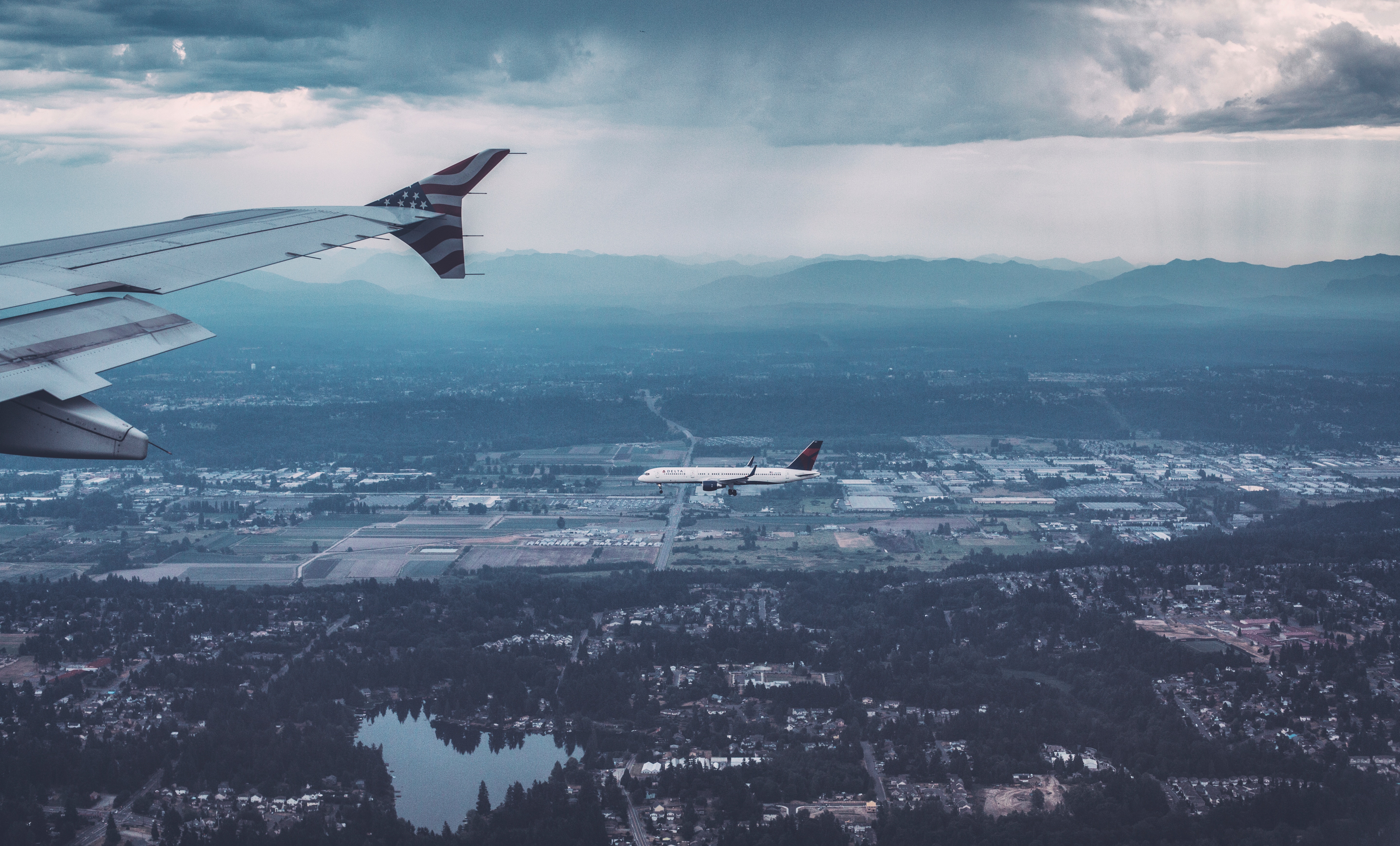Aircraft photography is a very niche based form of photography basically practiced only by aviation enthusiasts. It is very challenging as well; taking air to air environmental portrait is not a child’s play. You need to be skilled as a photographer and in the knowledge of aircraft. Taking a photo of the airplane in its natural environment becomes an environmental portrait, the subject needs to be the aircraft including its external life that could be the surrounding or a different object or both but revealing more than just what an aircraft looks like. In environmental portraits, the subject, its life, its activities are all arrested in a story form to give it a dignified portrayal. The aircraft may be in its flight or in a standstill position or it might be in the process of taking off or landing, in between these moments you as the photographer needs to decide “how to pan out the best environmental portrait possible?” Different forms of aircraft photography require a different set of skills but the basic of it all remains the same.

Planning involved for the Environmental Portrait
It is very important that you have the perfect planning before going out for an environmental portrait of an aircraft. Environmental portraits are based on the location it becomes vital for the photographer to get a sense of the location. It may be air show event photography, airport photography or air to air photography but you have to make up your mind that you are prepared for it. Make sure you have the proper permits to shoot at the place, proper gears for photographing, and an idea for the shoot and the required skills to cope up with the challenges.

The Subject Aircraft
The subject aircraft is very important for the environmental portrait. Background detail helps define your subject’s aircraft features better but you need to be focused on the subject. You need to create a harmonious bond between the subject and its background that is how you will get the perfect environmental portrait. Many times you will notice those subject airplanes are not just beasty machines but they have a story to tell, it might be a special aircraft, a decorated warplane, a technological marvel and there can be many more such aspects to them and through environmental portraits, it is very important that you bring out them out.

Preparation for the Shoot
Preparation is most of the battle with an environmental portrait that is why it is very important to pre-visualize the image that you are planning to click. The problem with aircraft as subjects is that they come with a limited time and have very little attention spans. You can be often restricted by the changes in lighting, the foot traffic on the location and there are many more factors that can ambush your shot. One needs to utilize the restricted amount of time in the most efficient way. Also shooting in a where the subject has spent most of the time is the best because of the comfortability that the subject experiences in the place and that make the portrait come alive. The background needs to be sober as cluttered background can take away the attention from the subject and destroy the theme.

The Shoot
People visualize about the sky when they hear about airplanes. You need to comprehend that fact. Bald skies are not much of use as they make the environmental portrait look blunt. Clouds are your best friend. You always see planes coming out of clouds in the movies as they enhance the subject and bring depth within. So clouds are natural elements that you would want to include in your shot. If you have lot clouds shoot wide, and if vice versa then shoot tight angles and position yourself so as to incorporate the few clouds available. Give motion to stills. This is essential while shooting parked aircraft or aircraft in motion. In the photos, they are always frozen but in our minds aircraft are moving, flying through the air. If the aircraft is parked shoot from a low vantage point, that way you will get more of the sky. If the aircraft is in flight blur the prop which will give a sense of motion to the environmental portrait you are trying to click. Also, you should not be afraid of capturing environmental portraits with an increased ISO setting on your camera. Increasing the ISO settings will help you shoot environmental portraits at faster shutter speeds. It is useful when clicking environmental portraits in low light conditions.

Post Processing of the Environmental Portrait
The climax of creating an environmental portrait is after the capture. Some amount of post-processing is inevitable when shooting environmental portraits. Post-processing is a very important part of any kind of photography. It includes editing and recovering the lost details of the portrait. Mostly cropping or color correction can support the role of background or props in your portrait.
